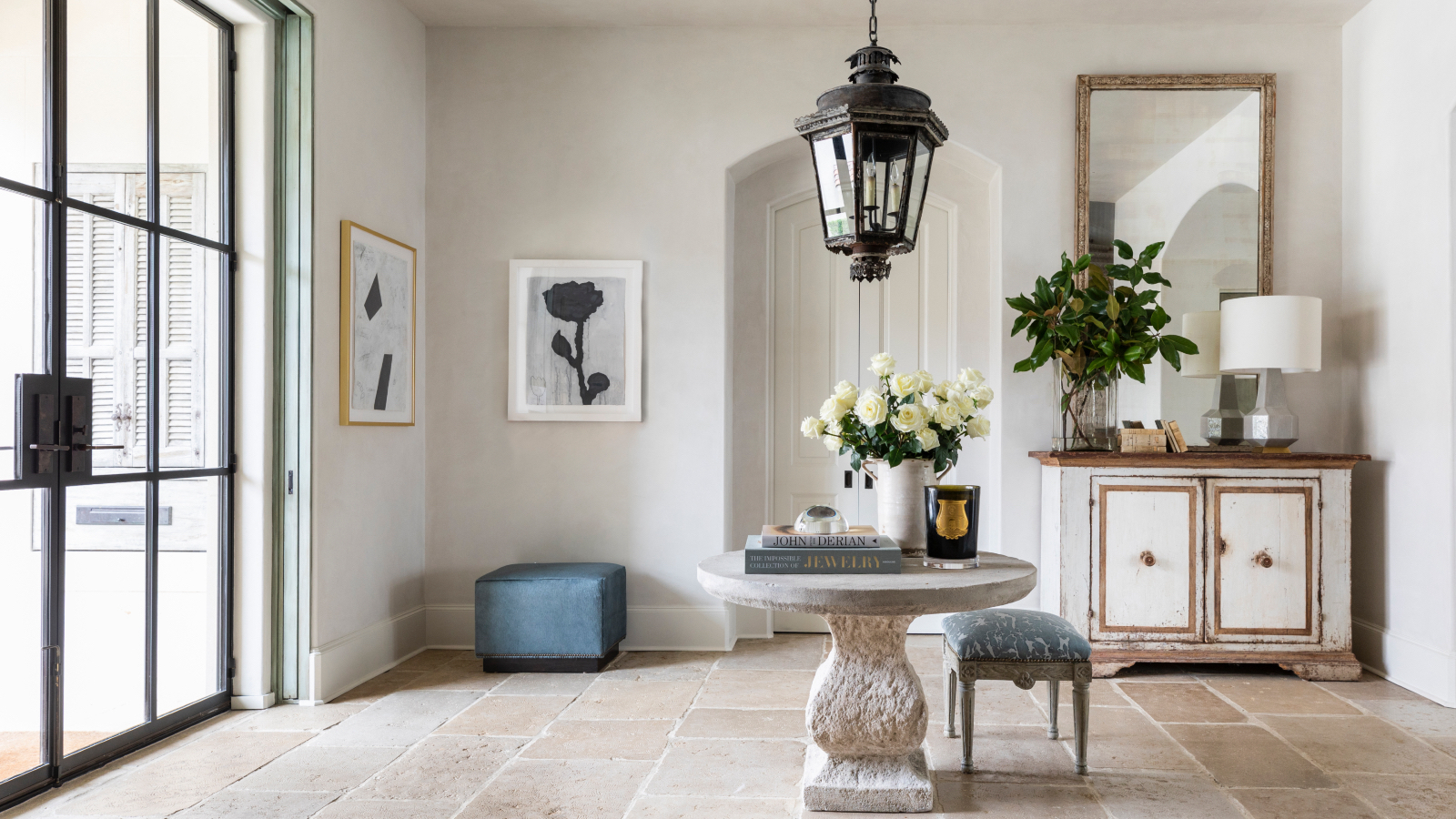5 easy DIY tricks construction pros swear by to draft-proof a sunroom – to instantly make your house feel warmer this winter
Keep your sunroom cozy with these expert-approved tips
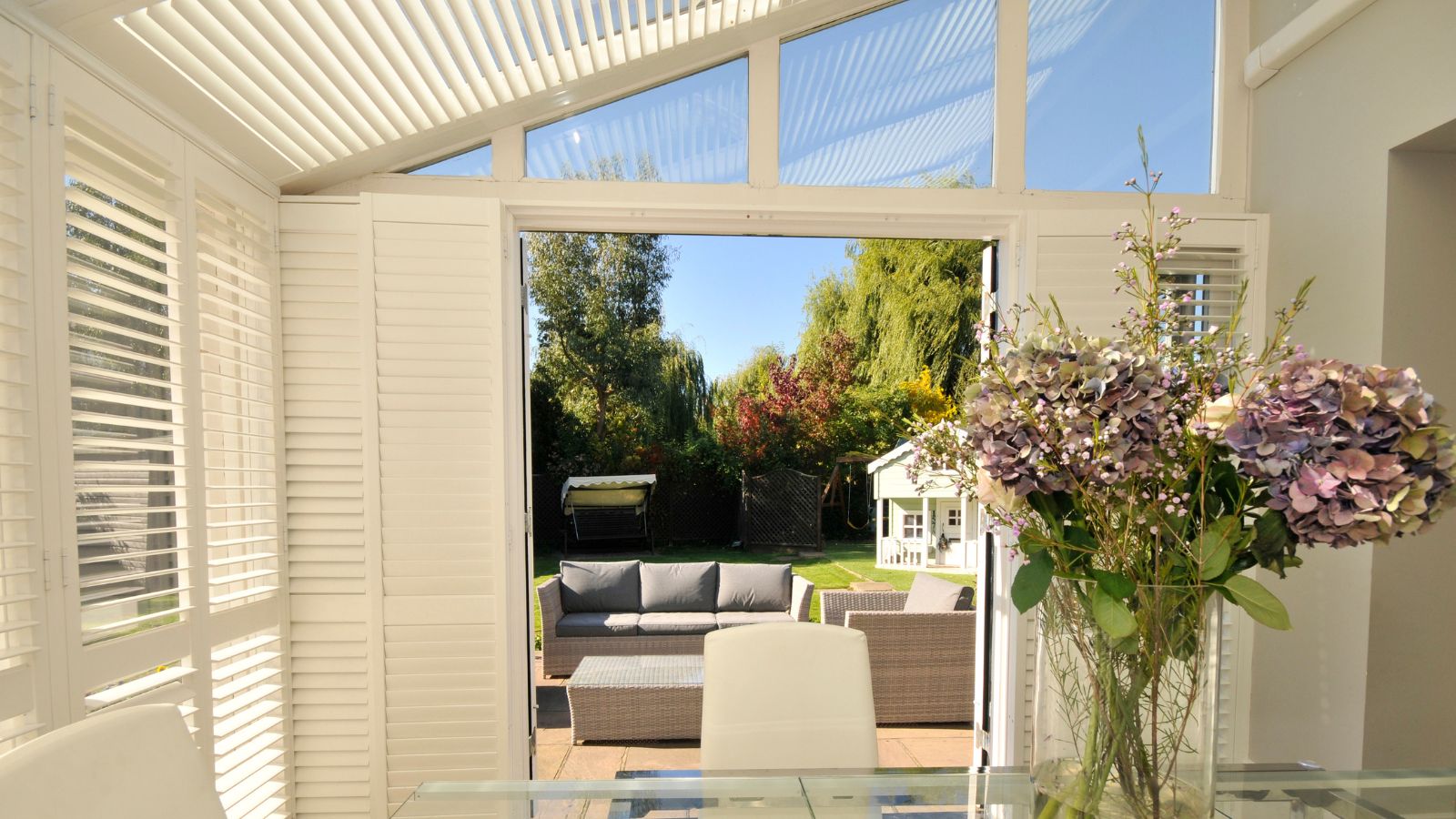

Draft-proofing sunrooms should be top of your to-do list before cold weather hits if you want to be able to continue to enjoy this space just as much through the winter as you did during the summer.
Sunrooms, sometimes also referred to as conservatories, solariums and garden rooms, are notoriously tricky spaces to get the temperature right in – often either overheating in the summer or feeling Arctic in the winter. Happily though, that needn't be the case.
We asked a range of experts for their top DIY draft-proofing tips to ensure that your sunroom stays cozy and warm no matter how low temperatures drop outside.
1. Fill in any gaps around windows and doors
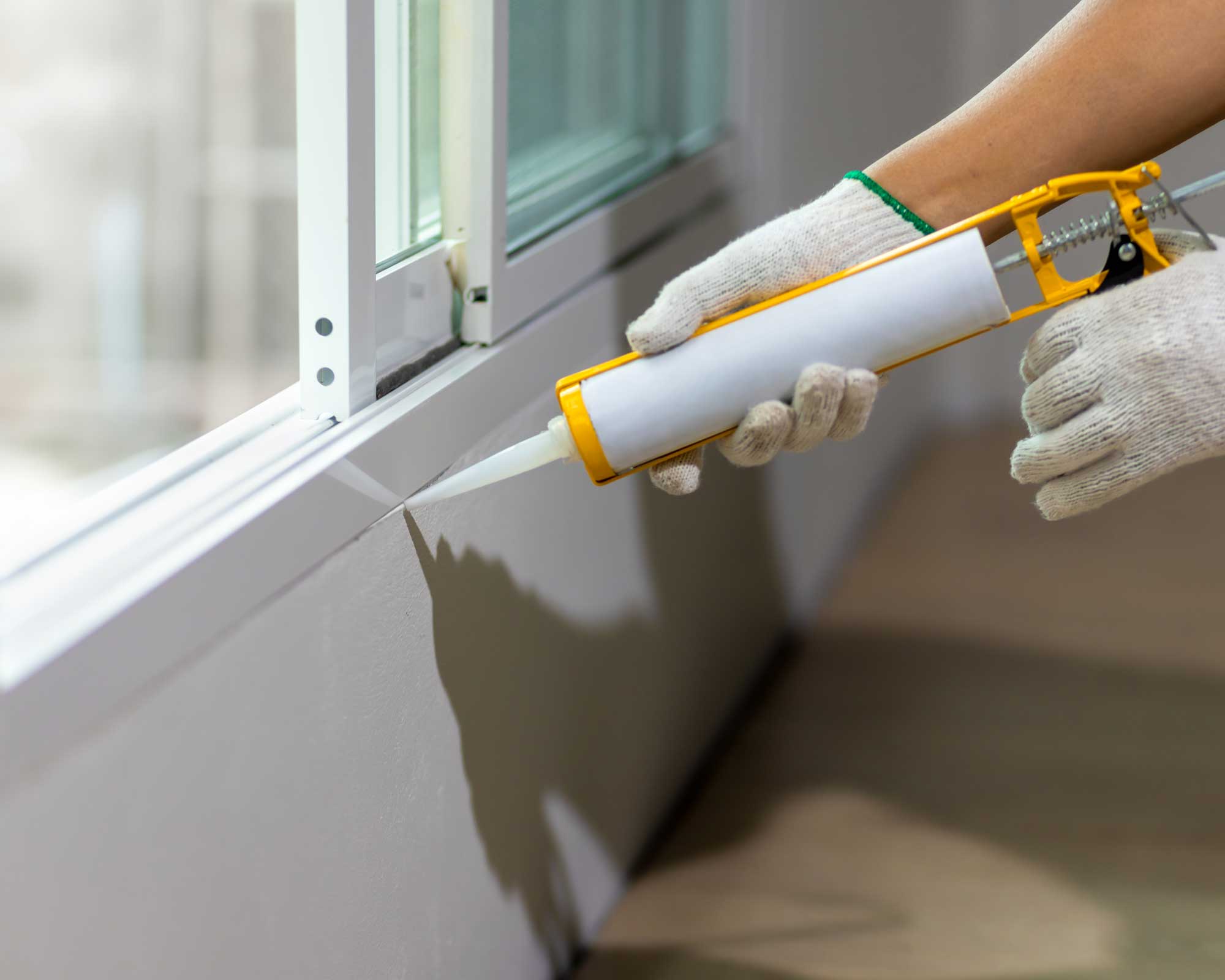
Even if you have taken the time to ensure you aren't making any of the more common heating mistakes when it comes to your sunroom, you might still find it is too cold to spend time in during the winter if you don't address drafty windows and doors.
'All windows and doors have gaps and cracks in the trim and framing that keeps them held into the wall,' explains Josh Rudin, owner at ASAP Restoration LLC. 'Sunrooms, having many more windows that are bigger and often thinner or single paned, have more trouble keeping the internal temperature consistent and inside, where it belongs,' continues Josh. 'Sealing these gaps and cracks can go a long way towards thermal consistency. Simply add some caulking and weather sealant to these areas, sit back and enjoy the energy bill savings.'
'I suggest going heavy on flexible fillers, decorators' caulk, weatherstripping, or similar products to fill any gaps in the windows and wall space,' agrees Timothy Wood, founder and CEO of Fix It Today. 'You could also invest in spray foam insulation to keep heat from escaping the ceiling.'
All prices correct at time of publication.
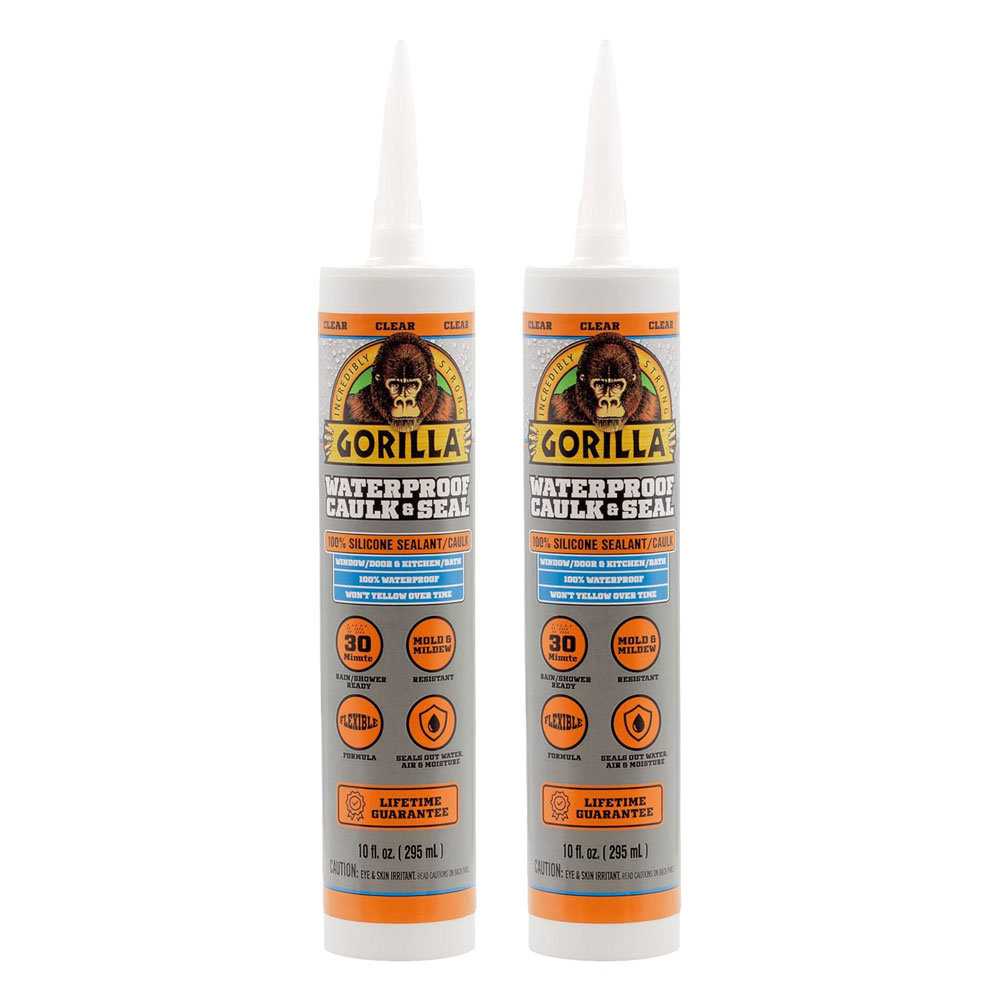
Perfect for sealing up any gaps around windows and doors, this caulk can be used both indoors and out, won't shrink and is even mold and mildew resistant. It is easy even for novices to use and dries in just 30 minutes.
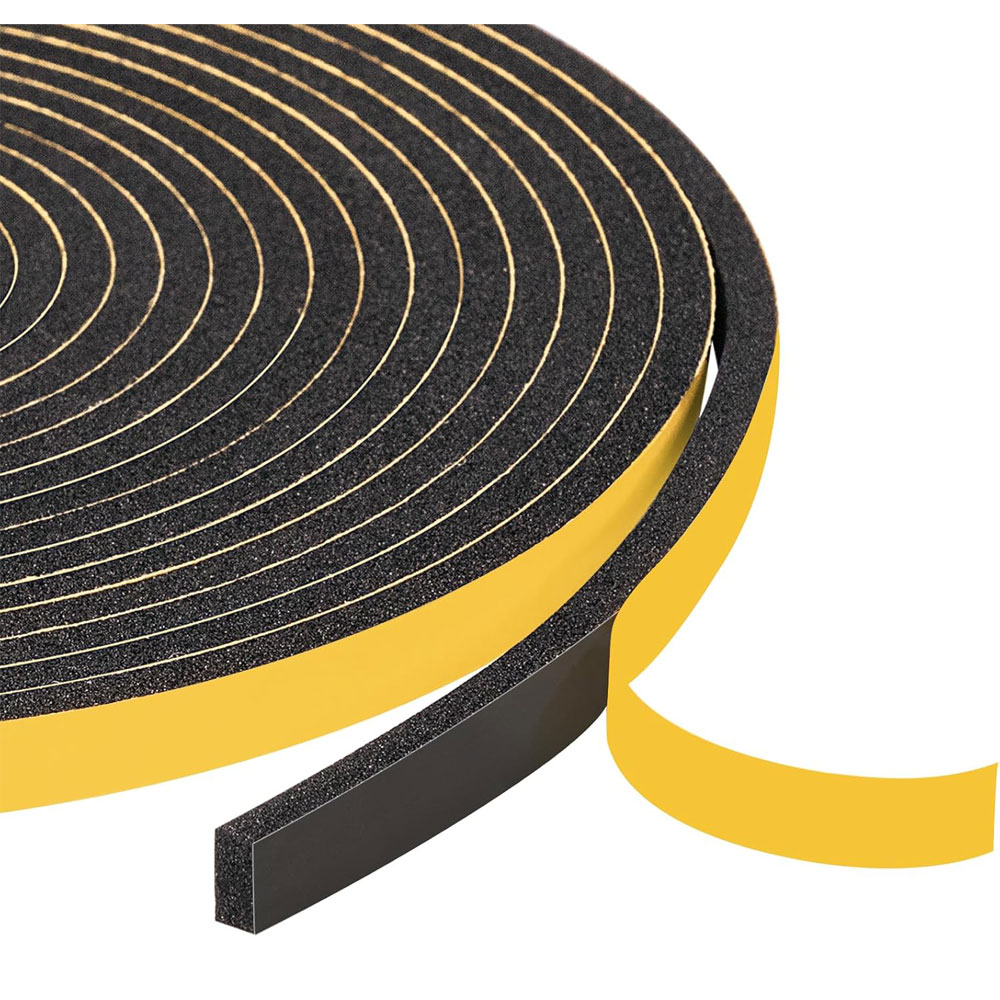
Offering fantastic value for money, this three pack of adhesive weatherstripping comes in lengths of 50ft and is easy to cut to fit your windows and doors. As well as keeping out drafts, the tape will also keep out noise.
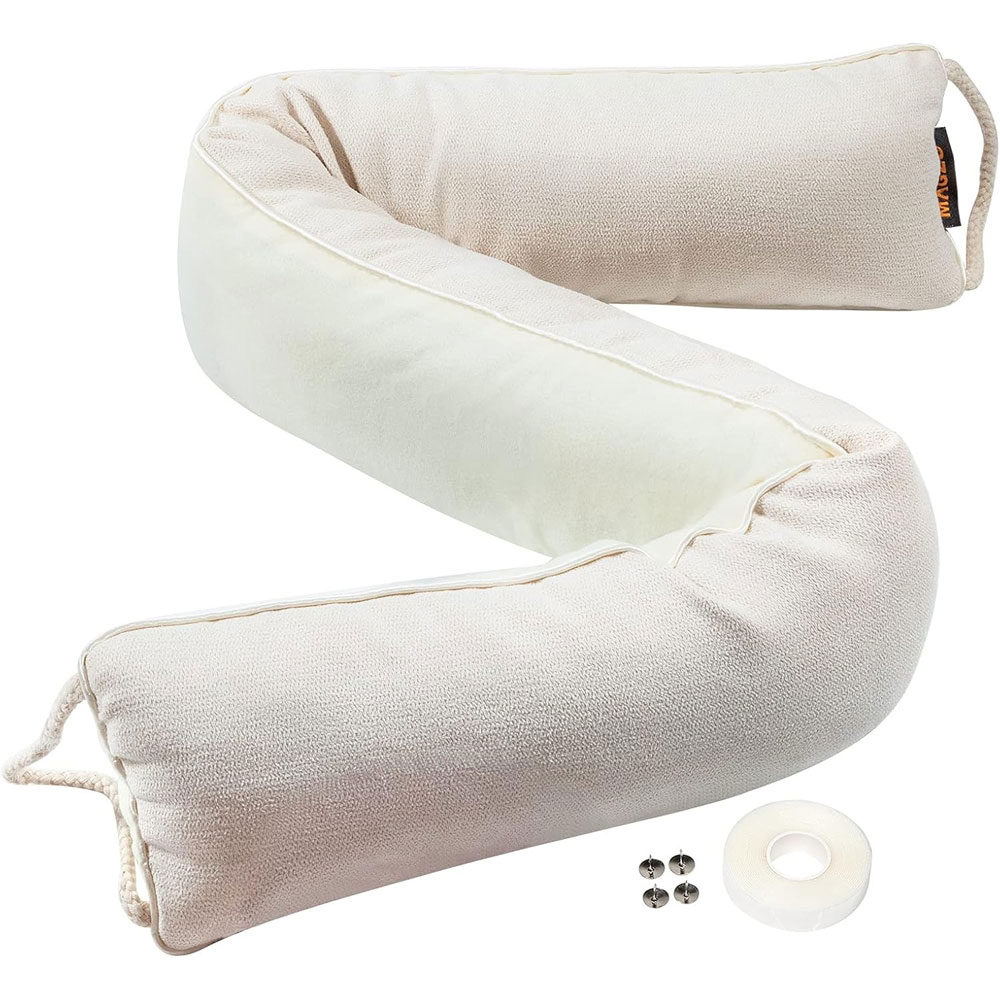
Although designed for use beneath doors, in order to keep out cold draft, in a sunroom, this stylish draft excluder could also be used beneath windows when placed on a sill. We love that it is machine washable too.
2. Consider tinted glass or window film
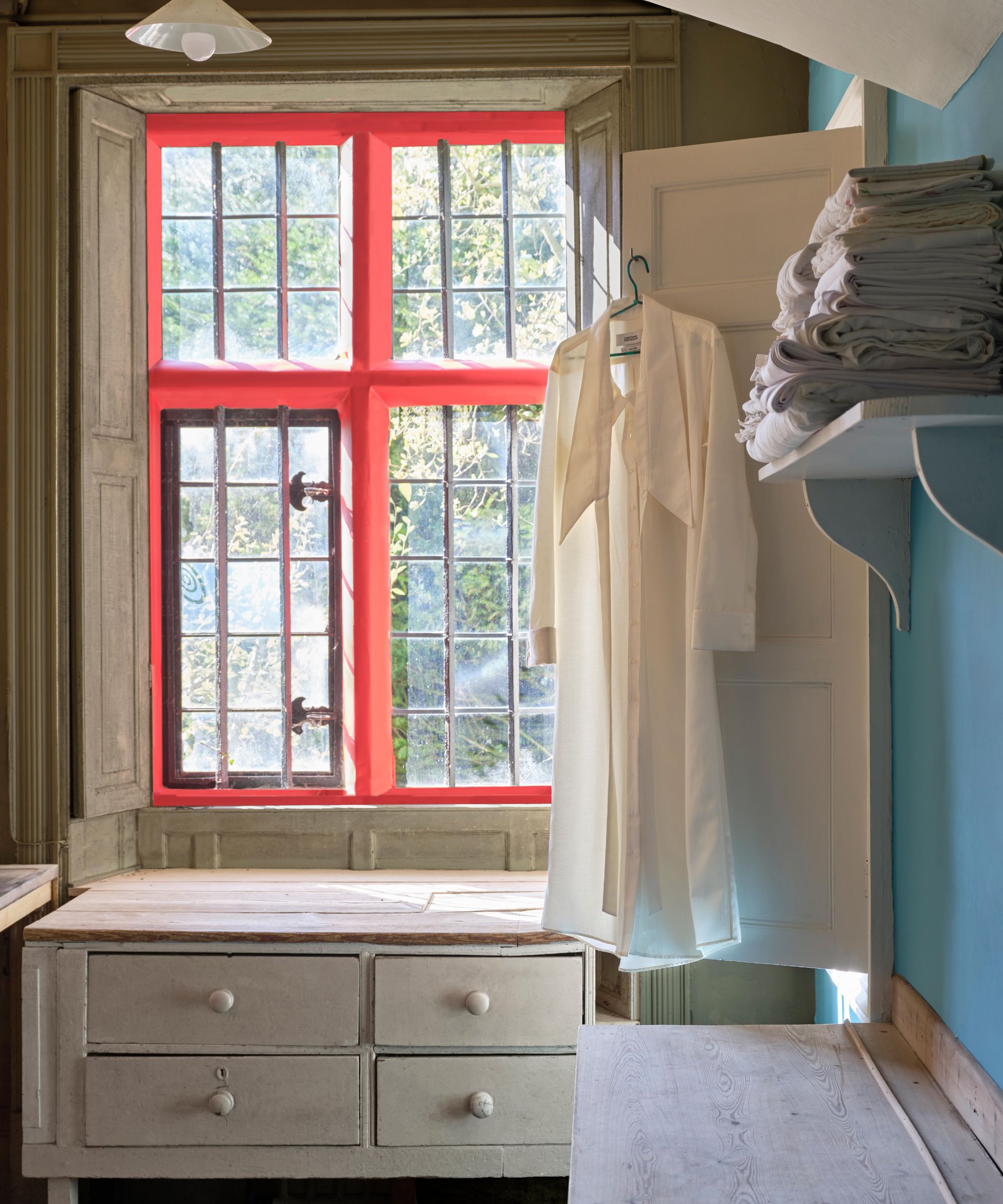
Although often thought of as a method of preventing overheating in a sunroom, certain types of window film can actually help when it comes to keeping them warmer – and when you consider the cost of a sunroom, it makes sense to ensure you can use it as much as possible.
'Using clear plastic insulation film on your windows is the cheapest and easiest way to boost the windows' insulation – in some cases by up to 90%,' says Yaeir Moinzadeh, a MHIC licensed contractor and the owner of Blue Rise Baltimore Roofing.
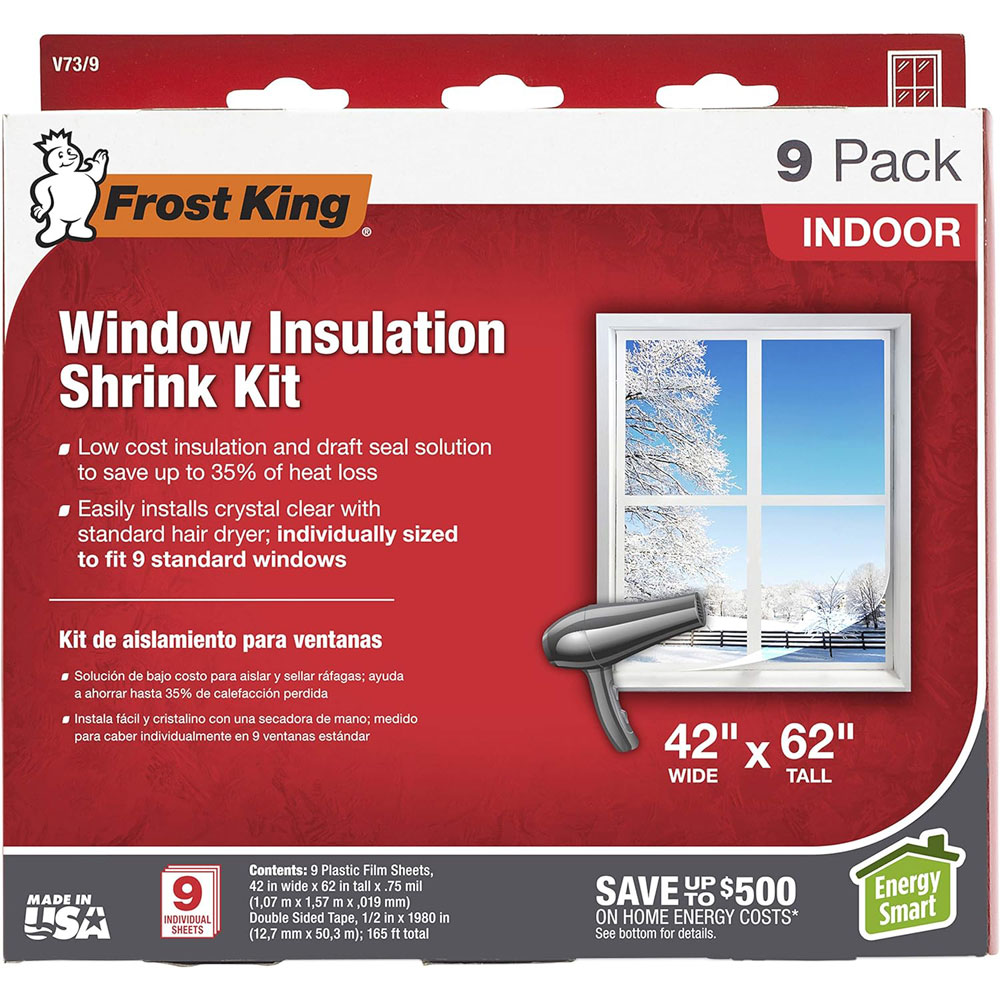
If you are looking for a quick, easy and affordable way to insulate your sunroom windows, then this shrinkable window film is perfect. The sheets are made to fit standard-size windows and all that is required is a hairdryer to shrink the film to fit.
3. Hang thermal curtains or blinds
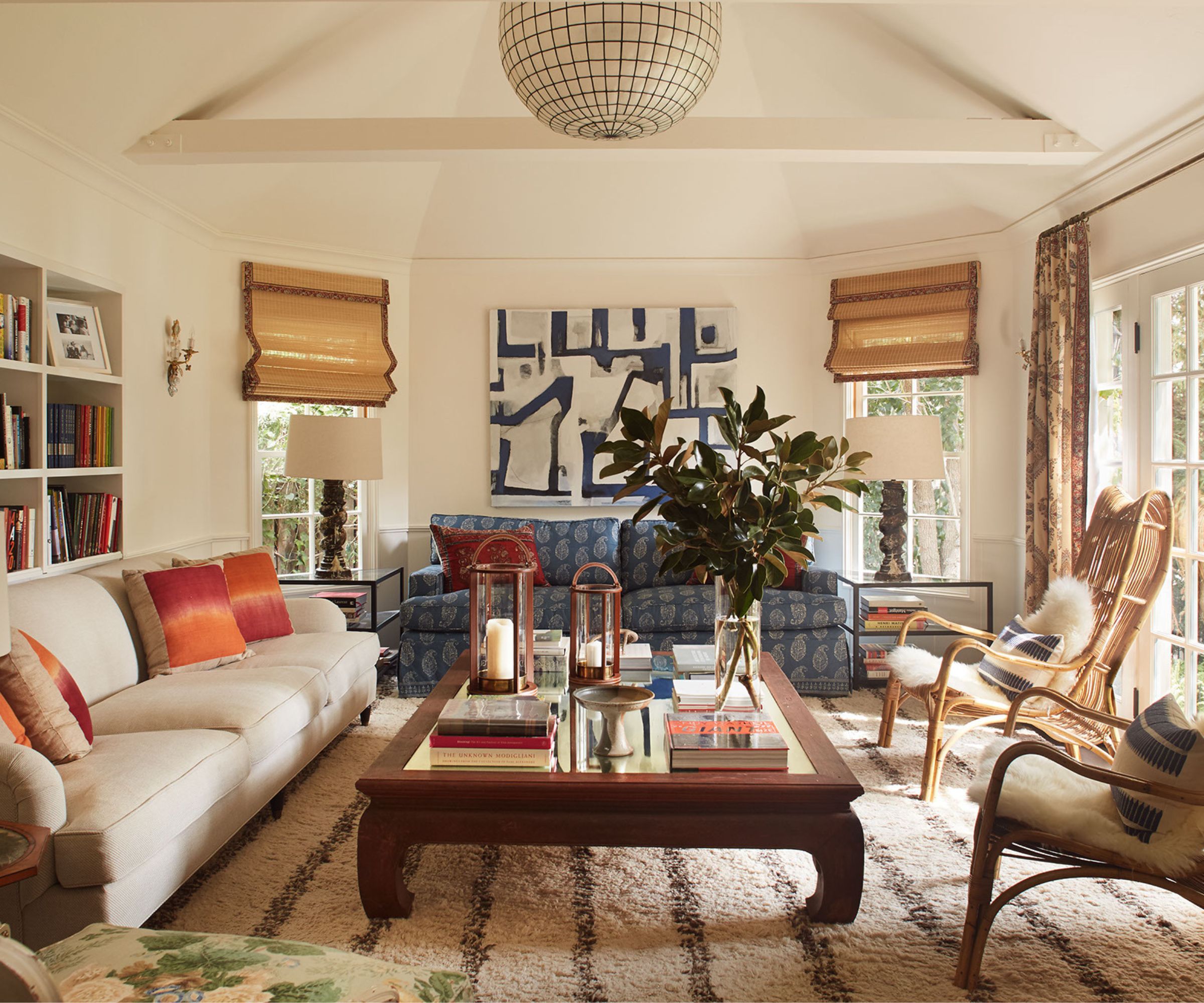
While you might not want to block out all the light that your sunroom is designed to allow you to enjoy, as night falls, good quality, thick thermal curtains are the perfect way to keep snug and cozy. If you are dealing with small sunroom ideas, thermal blinds, available at Wayfair, can be a better option as they won't encroach on the space as much.
'If you’re trying to keep a sunroom warm throughout the night, when the most heat loss will occur, you can reduce this loss by adding thick thermal curtains to the windows and drawing them closed at night,' explains Josh Rudin. 'This will help to reduce the amount of contact the air in the sunroom has with the window glass and thus reduce heat transfer through it.'
'Thermal curtains or blinds are indeed a game-changer,' agrees Yaeir Moinzadeh. 'They can significantly reduce heat loss through those giant windows. And, above all, you can install them very easily. The trick is to choose curtains with light colors facing the window. This will help reflect the heat back into the room.'
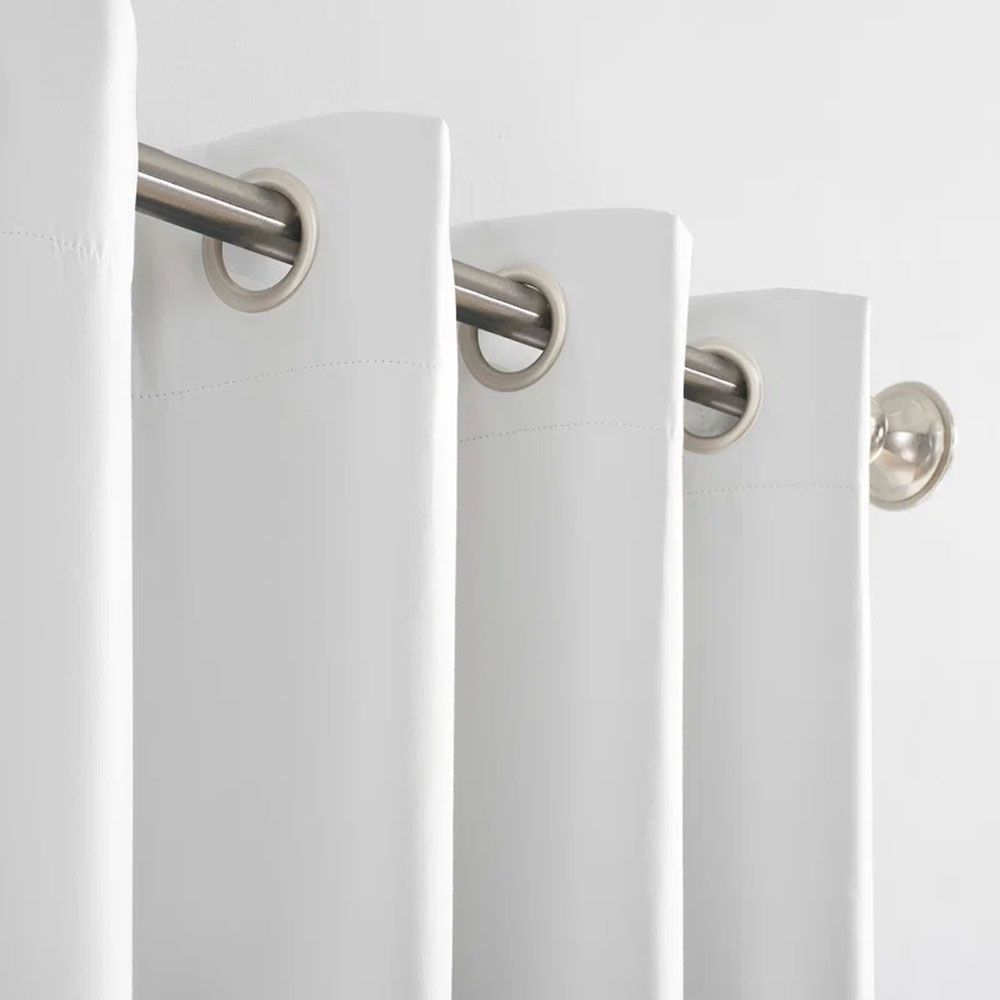
These curtains will not only keep out drafts and chills, but they'll also come in handy during the summer months when it comes to preventing overheating. They come in a range of colors and, even better, are machine washable.
4. Throw down some heavy floor coverings

This is a trick often used by homeowners looking at how to keep a poorly insulated house warm. Soft floor coverings can really help when it comes to draft-proofing and while you might not want to fit a wall-to-wall carpet in your sunroom, a large thick rug (or two) is a brilliant idea.
'Consider adding a thick, insulating rug – they're not just made to enhance looks,' says Yaeir Moinzadeh.
If your sunroom is often used as a route from your backyard into the rest of your home, be sure to choose a rug that is easy to clean or, even better, machine washable.
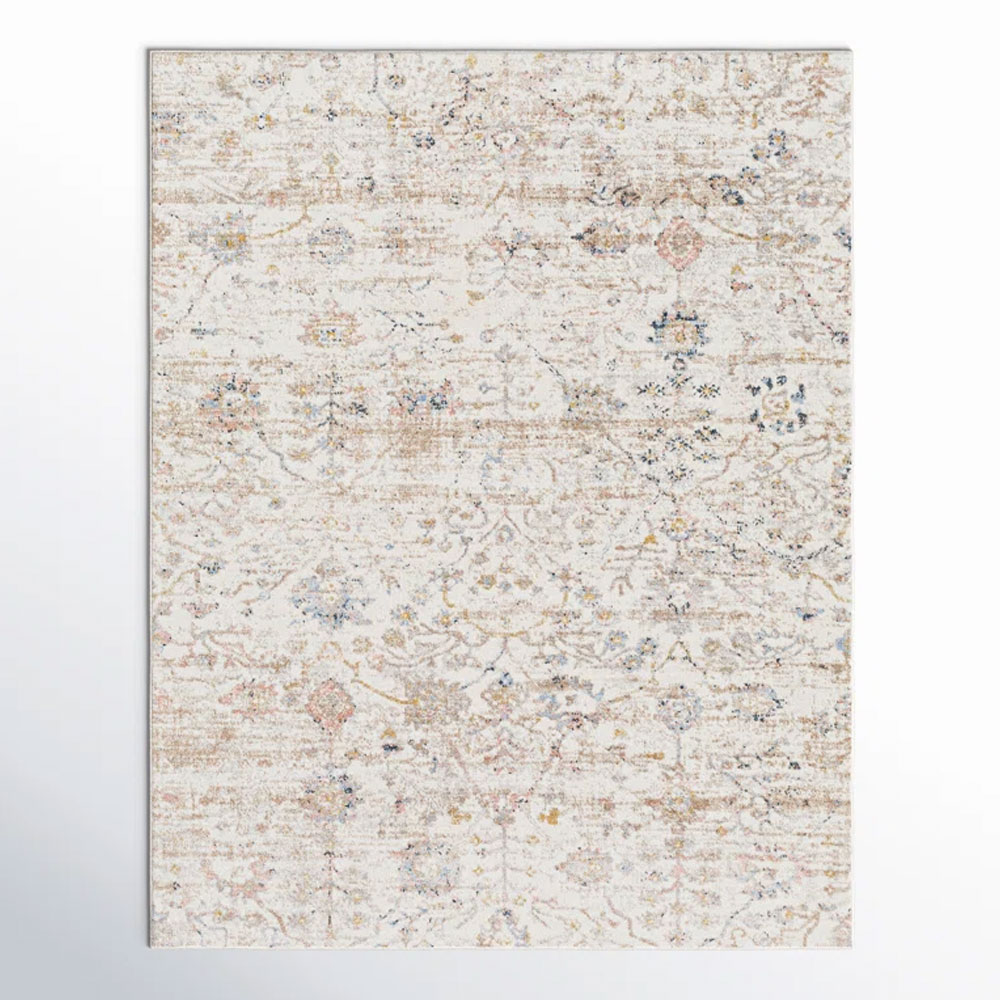
This rug is designed to look worn-in and so will add a lovely relaxed vibe to your sunroom. It comes in a range of sizes, right up to 7'10" x 10' and is designed to stand up to even very high-traffic areas of the home.
5. Don't forget about the ceiling
If your sunroom has a glazed ceiling, as opposed to a solid design, do be sure to check it for drafts in the same way you would your doors and windows.
When looking into how to prepare a house for cold weather, you should be aware that there are ways of drawing rising heat back down into the sunroom itself.
'A common mistake is forgetting about the ceiling,' says Yaeir Moinzadeh. 'As heat rises, warm air accumulates in the upper part of the room. Consider adding a ceiling fan set to rotate clockwise – it will help push warm air back down.'
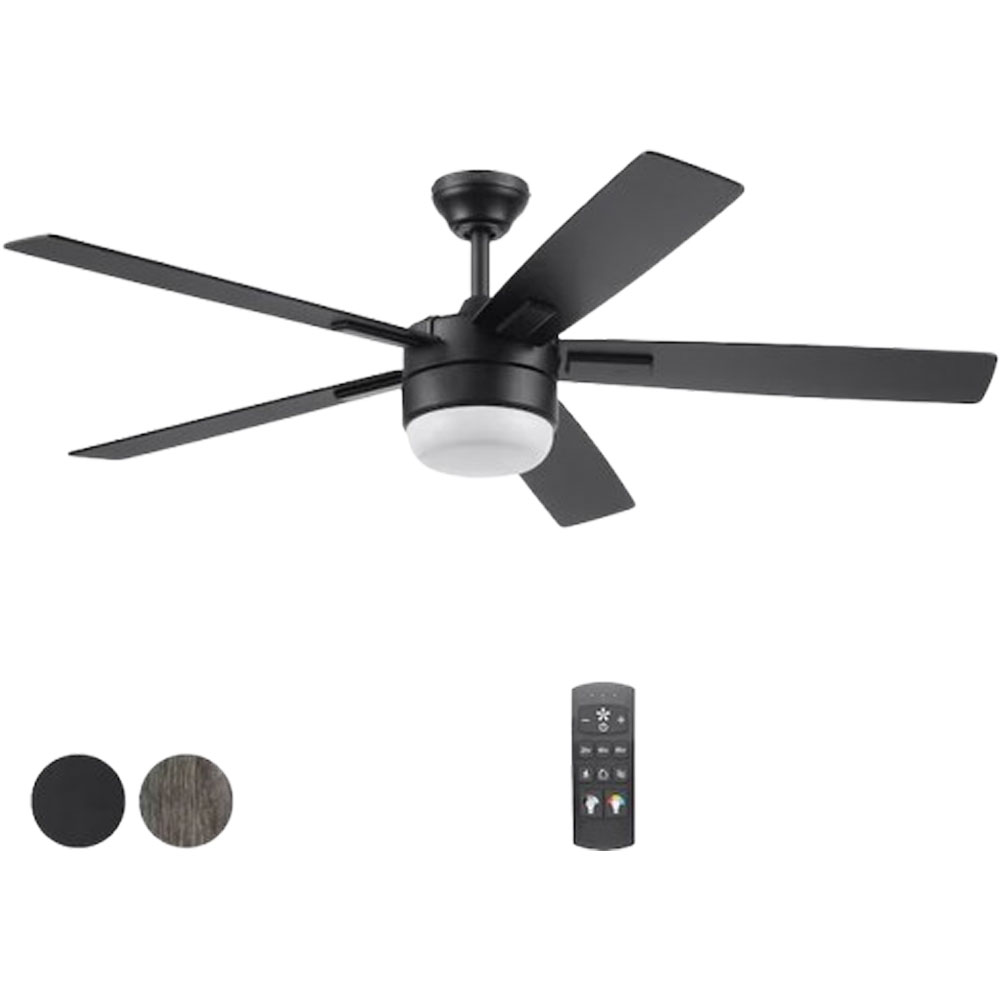
Not only is this ceiling fan really easy to install, but it can also be set to run in reverse. Even better, it features a color-changing light, meaning you can create all kinds of effects and moods in your sunroom as the sun goes down.
FAQs
Does a sunroom need ventilation?
If you have been carefully researching ways to improve ventilation in your home, don't forget the importance of this when it comes to the design of your sunroom.
'A common mistake in keeping the sunroom warm is overdoing it,' warns Herbert Post VP of safety and health at Tradesafe. 'Often we are so focused on the task of sealing any gaps that we forget to leave room for proper ventilation. Without the right amount of ventilation, condensation can happen as well as mold growth.'
There are several ways to ventilate a sunroom. In some cases you can tie the sunroom into your HVAC system. However, if this is not an option, you can purchase a portable air conditioner.
This Portable Air Conditioner with Dehumidifier from Amazon balances humidity and helps introduce fresh air.
You could also consider adding a vent fan. These are similar to exhaust fans, but allow hot air in the ceiling space to be vented outside.
Meet the experts

Joshua Rudin is the Owner of ASAP Restoration, LLC and a Certified Restorer. Before opening the doors in 2008, Joshua had previously been a successful entrepreneur in the restaurant industry owning and running a number of thriving locations for more than two decades.

Yaeir Moinzadeh is an MHIC licensed contractor and the owner of Blue Rise Baltimore Roofing.
As winter draws ever closer, be sure to familiarize yourself with how to prepare your home for a freeze – you don't want burst pipes and a faulty boiler to contend with.
Sign up to the Homes & Gardens newsletter
Design expertise in your inbox – from inspiring decorating ideas and beautiful celebrity homes to practical gardening advice and shopping round-ups.

Natasha has been writing about everything homes and interiors related for over 20 years and, in that time, has covered absolutely everything, from knocking down walls and digging up old floors to the latest kitchen and bathroom trends. As well as carrying out the role of Associate Content Editor for Homebuilding & Renovating for many years, she has completely renovated several old houses of her own on a DIY basis.
-
 How to fertilize magnolias – garden experts reveal the secrets to better blooming, and timing is critical
How to fertilize magnolias – garden experts reveal the secrets to better blooming, and timing is criticalMagnolias are famed for their spring flowers, and feeding at the right time can give trees a boost
By Thomas Rutter Published
-
 Sarah Jessica Parker's spring tablescape epitomizes lived-in luxury with art deco candle holders and a statement tablecloth – it's easy (and affordable) to recreate
Sarah Jessica Parker's spring tablescape epitomizes lived-in luxury with art deco candle holders and a statement tablecloth – it's easy (and affordable) to recreateKick off the season right with a warm table that invites guests into your home by emulating Sarah Jessica Parker's luxe and cozy scheme
By Sophie Edwards Published
